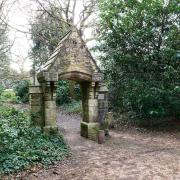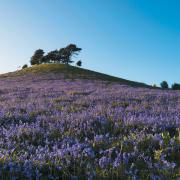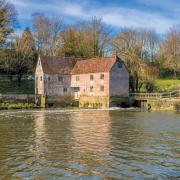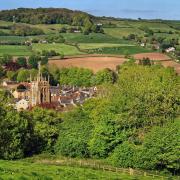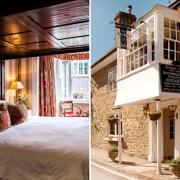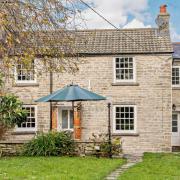Gillingham...past
Gillingham had once been a small village within the Royal Forest that shares its name, only isolated pockets of forest and the earthworks of a medieval hunting lodge survive. By the mid 19th century its population of 2,806 had settled into the seasonal rhythms of the country town that earned its keep through farming. The artist John Constable, who spent time there in the 1820s described it as ‘full of bridges, rivulets, mills, cottages – and the most beautiful trees and verdure I ever saw.’ The verdure was the rich dairy lands along the Stour, whose milk and cheese supplied a small Friday market and a larger annual fair.
In 1850 the newly gas-lit Square was the town’s commercial heart. Here was its principal coaching inn, The Phoenix, a branch of the Wilts and North Dorset Bank, its shopkeepers and tradesmen. Local small-scale industries, included the silk mill, glove making, a rope and twine works and a bed ticking manufacturer. But the only one that would play a major role in Gillingham’s transformation was the brickworks belonging to Elizabeth Silverthorne. And it was the arrival of the railway in 1859 that turned this sleepy backwater dependent on farming into ‘the industrial workshop of north Dorset’.
By 1900 Gillingham’s centre of gravity had shifted from its old medieval heart eastwards to Newbury and the new Station Road. Here were a saw and corn mill, a cheese and bacon factory, coal depots, loading bays, railway sidings. On the far side of the railway line was the successor to Elizabeth Silverthorne’s brickworks, the Gillingham Pottery, Brick and Tile Company.
These companies, and the young ambitious entrepreneurs who founded them, were to provide employment for much of the 20th century. Such was the reputation of the produce of Oake Woods & Co that when the Prince of Wales tucked into his breakfast it was to rashers of ‘Royal Gillingham’ ‘patent-cured’ bacon.
None of these enjoyed the lasting success of the Gillingham Pottery, Brick and Tile Company, whose two chimneys towered over its kilns and clay pits. Its distinctive red bricks not only shaped the character of the town’s Victorian expansion, but can still be seen in buildings as far afield as Bournemouth.

Gillingham present
Great Taste: Gillingham is home of the Guild of Fine Food which organises the Great Taste Awards, known as the Oscars of the food and drink world, and the World Cheese Awards. gff.co.uk
Show Time: The Turnpike Showground near Motcombe hosts two agricultural shows this year, the new Spring Countryside Show (April 22-23) and the Gillingham and Shaftesbury Show (August 16-17, 2023) started in 1860. gillinghamandshaftesburyshow.co.uk
Constable: Gillingham’s old town bridge over the River Shreen and several local mills were painted by landscape artist John Constable who stayed at Gillingham Vicarage in the 1820s as the local museum reveals. gillinghammuseum.co.uk






